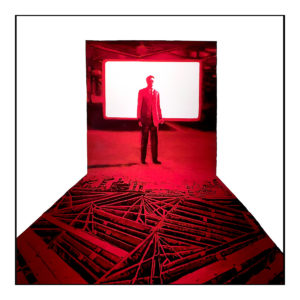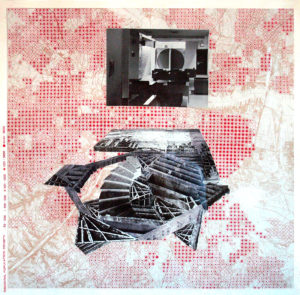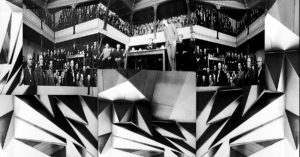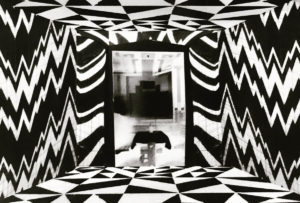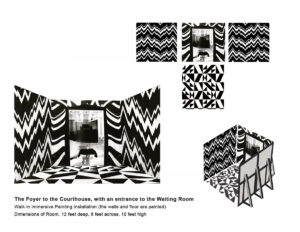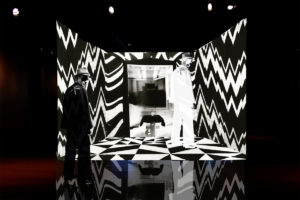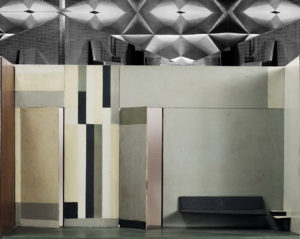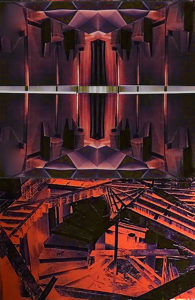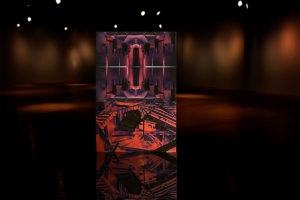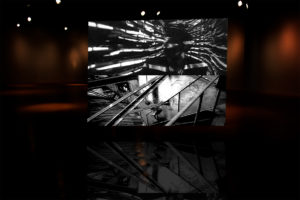One concept that is crucial to the narrative structures that I have developed in this body of work is that of ‘belief’. To create a world that may be completely estranged from our reality, but with an incredibly precise language used to construct that other place, outside our own space, narrative, and time. In this regard The Trial by Franz Kafka (1915), as well as its film adaptation by Orson Welles (1962) were huge sources of inspiration. Written during WWI, the unfinished 1915 enigmatic novel The Trial by Franz Kafka in which the main character Josef K, is arrested without any charge is widely seen as a prediction of the conditions of totalitarianism. Oddly enough, the courthouse in Kafka’s Trial sits in the attic of one of the poorest suburbs of Prague. Josef K, from the ‘educated’ class, is a stranger to the space and time of the suburb, which doesn’t seem to match the same space and time of the city. The abstract, unfixed nature of architecture in the novel, and in his writings in general, is also reminiscent of a montage of city and suburban living. It was quite auspicious to discover Czech Cubist architecture and design that was constructed in the same years in Prague when Kafka’s was at his prime as a writer. Josef K is often seen as a self-portrait of Kafka. In this series, the viewer takes on the role of Josef K, investigating and exposing the dark bureaucracy, otherwise known as The Law.
